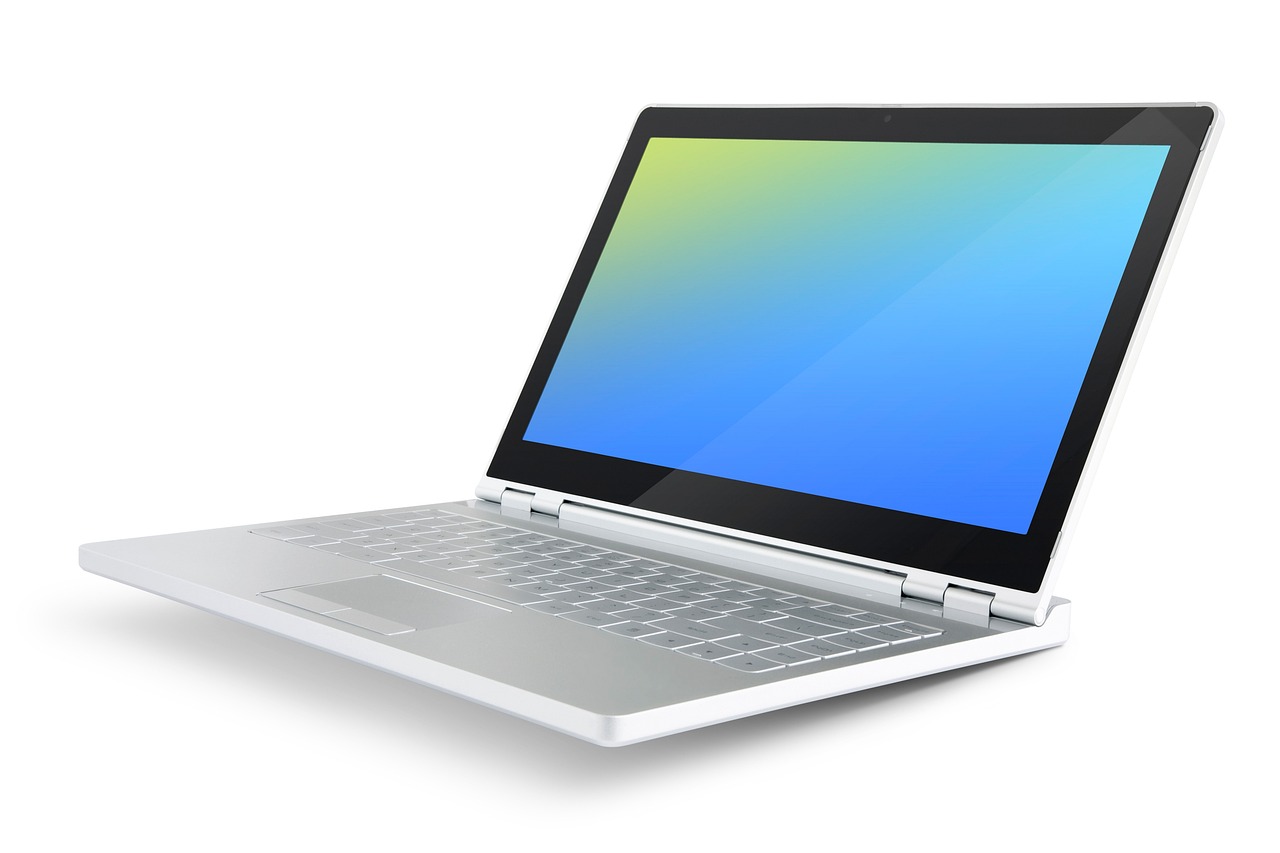The Role of Tech in Bridging Geographic Barriers
Technology plays a crucial role in breaking down geographical barriers and connecting people across the globe. With the advancements in communication and transportation technologies, the world has become a smaller place, allowing individuals and businesses to interact and collaborate regardless of their physical location. In this article, we will explore the various ways in which technology has bridged geographic barriers and facilitated global connectivity.
Virtual Communication
One of the most significant impacts of technology on bridging geographic barriers is the rise of virtual communication tools. Platforms such as Zoom, Skype, and Microsoft Teams have revolutionized the way people communicate, allowing individuals to connect with others from different parts of the world in real-time. These tools have made it possible for businesses to conduct meetings, collaborate on projects, and communicate with clients and partners without the need for physical proximity.
Remote Work
Advancements in technology have also facilitated the rise of remote work, allowing employees to work from anywhere in the world. This has not only increased flexibility for workers but has also enabled companies to tap into a global talent pool. With the help of technology, teams can collaborate seamlessly, regardless of where they are located, leading to greater efficiency and productivity.
E-commerce and Global Trade
Technology has transformed the way businesses operate, allowing them to reach customers all around the world. E-commerce platforms like Amazon, Alibaba, and eBay have enabled businesses to sell their products globally, breaking down traditional barriers to trade. Additionally, technologies such as blockchain and AI have streamlined international transactions and logistics, making it easier for businesses to engage in global trade.
Education and Learning
Technology has also played a significant role in bridging geographic barriers in education. Online learning platforms like Coursera, Udemy, and Khan Academy have made it possible for individuals to access educational resources from top institutions and experts worldwide. This has democratized education, allowing people from all corners of the globe to learn and upskill without the constraints of location.
Healthcare and Telemedicine
Advancements in technology have revolutionized the healthcare industry, enabling patients to receive medical care remotely through telemedicine services. Patients can consult with healthcare providers, receive diagnoses, and even undergo treatment without the need to visit a physical clinic. This has been especially crucial in bridging geographic barriers for individuals in rural or underserved areas.
Cultural Exchange and Connection
Technology has also facilitated cultural exchange and connection between people from different parts of the world. Social media platforms like Facebook, Instagram, and Twitter allow individuals to share their lives, experiences, and traditions with a global audience. This has helped break down stereotypes and foster understanding and empathy among people from diverse backgrounds.
Conclusion
Technology has undoubtedly played a vital role in bridging geographic barriers and bringing people together in unprecedented ways. From virtual communication tools to remote work opportunities, e-commerce platforms to online education, technology has transformed the world into a global village. As technology continues to evolve, we can expect even greater connectivity and collaboration across borders, further breaking down geographical barriers and fostering a more interconnected world.
FAQs
Q: How has technology impacted global trade?
A: Technology has revolutionized global trade by enabling businesses to reach customers worldwide through e-commerce platforms and streamlined international transactions and logistics.
Q: What are some examples of virtual communication tools?
A: Some examples of virtual communication tools include Zoom, Skype, Microsoft Teams, and Google Meet.
Q: How has technology transformed the healthcare industry?
A: Technology has enabled patients to receive medical care remotely through telemedicine services, making healthcare more accessible and convenient for individuals in rural or underserved areas.





